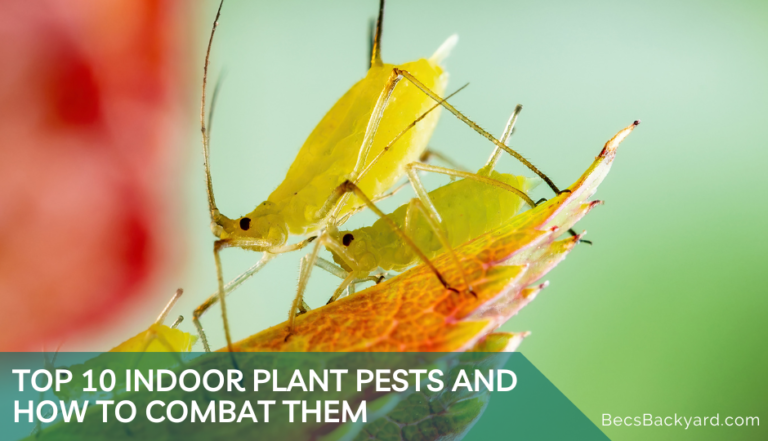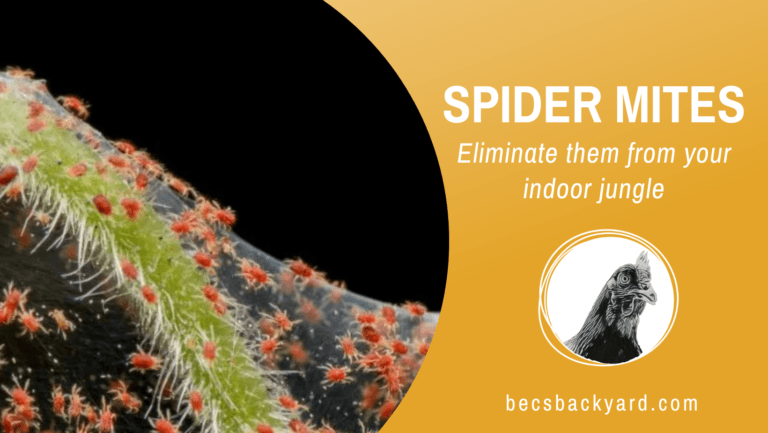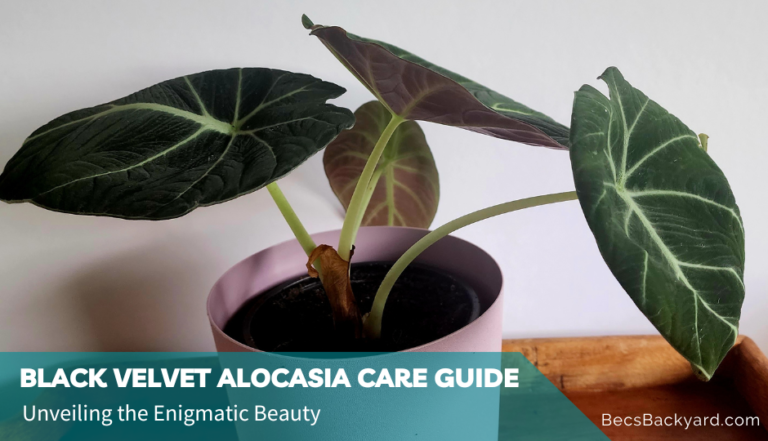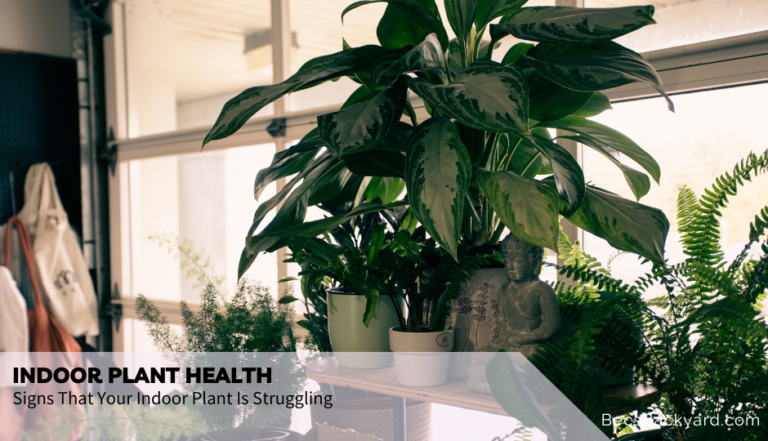Monstera Thai Constellation: A Guide to Care and Propagation
Welcome to the mesmerizing world of Monstera Thai Constellation! With its unique variegated leaves resembling a starlit sky, this plant has captured the hearts of plant enthusiasts worldwide. In this comprehensive guide, we will delve into the secrets of caring for and propagating the Monstera Thai Constellation, ensuring you can enjoy its beauty and thrive as a plant parent.
The Monstera Thai Constellation, a stunning variegated cultivar of the Monstera deliciosa, has gained immense popularity in recent years. This unique plant owes its origin to selective breeding and the artful hands of horticulturalists. The Thai Constellation variety emerged as a result of careful cultivation and propagation techniques, aiming to enhance the aesthetic appeal of the traditional Monstera deliciosa. Its distinct variegation, resembling constellations scattered across the leaves, captivated plant enthusiasts around the world. While the exact origins and specific breeders of the Monstera Thai Constellation remain a subject of debate, its striking beauty and growing popularity have cemented its place as one of the most sought-after and cherished houseplants in the botanical world.
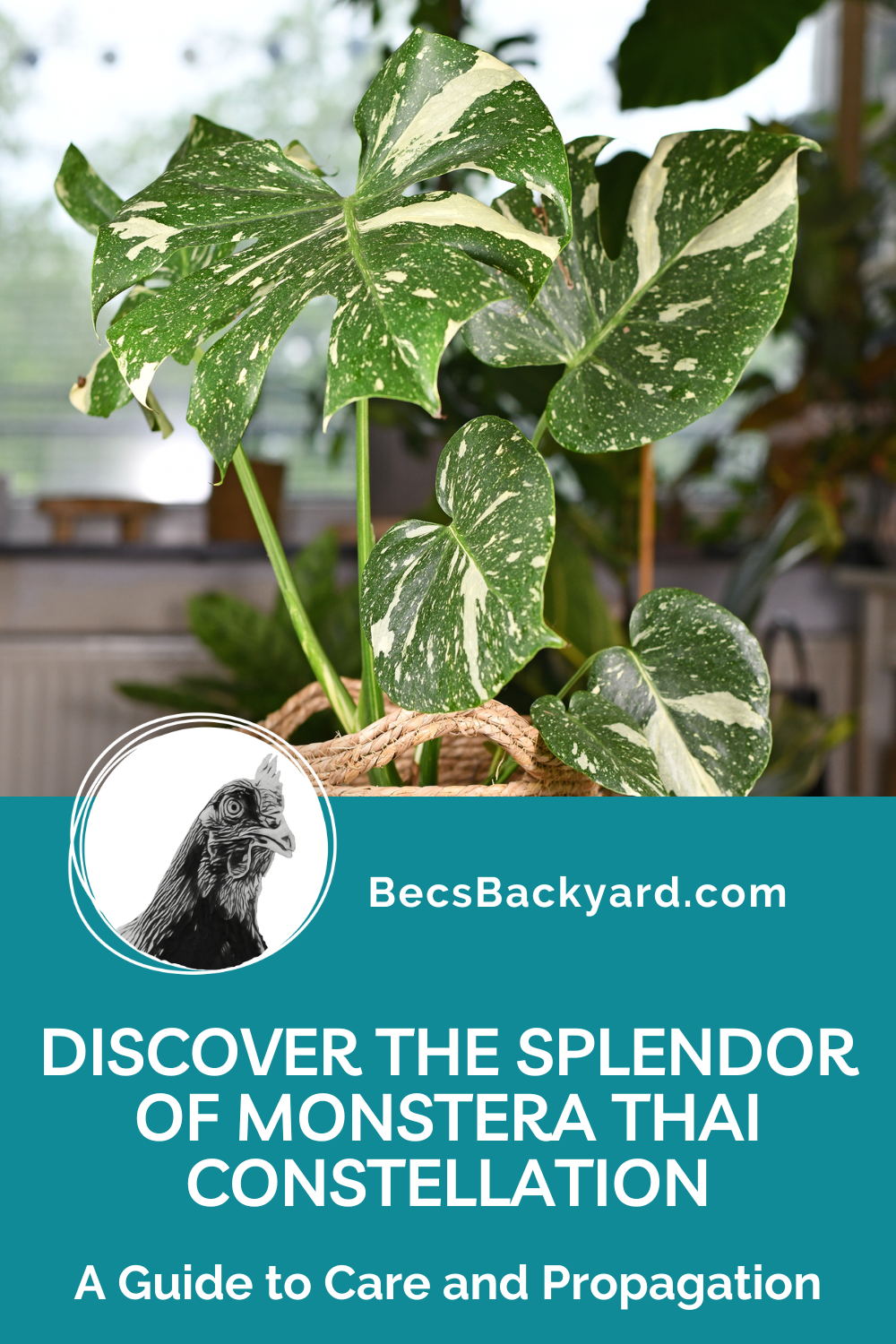
Monstera Thai Constellation Plant Care
To unlock the full potential of your Monstera Thai Constellation, it’s crucial to provide it with optimal conditions. Here are the key aspects of plant care to keep in mind:
Light
Monstera Thai Constellation thrives in bright, indirect light. Place it near a window with filtered sunlight or provide artificial lighting if natural light is limited. Avoid direct sunlight, as it can scorch the leaves.
Soil
A well-draining potting mix is essential for the Monstera Thai Constellation. Use a blend of peat moss, perlite, and orchid bark to ensure proper aeration and moisture retention.
Water
Water your Monstera Thai Constellation thoroughly when the top inch of soil feels dry. Ensure proper drainage by allowing excess water to escape from the pot. Avoid overwatering, as it can lead to root rot.
Temperature and Humidity
Maintain a temperature range between 65°F and 85°F (18°C – 29°C) for your Monstera Thai Constellation. This plant thrives in high humidity, so consider using a humidifier or placing it on a tray filled with pebbles and water to increase moisture levels.
Fertilizers
Feed your Monstera Thai Constellation with a balanced, water-soluble fertilizer every two to four weeks during the growing season. Dilute the fertilizer according to the instructions on the package to avoid nutrient burn.
Other Types of Monstera
Monstera Deliciosa
Also known as the Swiss Cheese Plant, this is the most common and recognizable species of Monstera. It features large, glossy, and perforated leaves, adding a tropical touch to any space.
Monstera Adansonii
Often referred to as the Monkey Mask or Swiss Cheese Vine, this Monstera variety has smaller, heart-shaped leaves with intricate fenestrations. It is a vining plant that looks stunning when cascading down from a hanging basket or trained on a support.
Monstera Obliqua
Considered one of the rarest and most elusive species, the Monstera Obliqua features extremely delicate and perforated leaves. It is highly sought after by collectors but can be challenging to find due to its scarcity in cultivation.
Monstera Pinnatipartita
This unique Monstera variety showcases deeply lobed leaves with serrated edges, giving it a distinct and striking appearance. It is a more compact plant compared to other Monstera species, making it a great choice for smaller spaces.
Monstera Siltepecana
Known as the Silver Monstera or Silver Leaf Monstera, this species has velvety green leaves with silver veins. It adds an elegant and textured look to any indoor jungle, and its trailing vines make it an excellent choice for hanging planters.
Monstera Dubia
The Monstera Dubia features small, elongated leaves with fenestrations, resembling a miniature version of the Monstera Deliciosa. It is a charming and compact species that is well-suited for tabletop displays or terrariums.
Each of these Monstera varieties offers its own unique characteristics and visual appeal, allowing plant enthusiasts to explore different leaf shapes, sizes, and patterns within the fascinating Monstera family.
Propagating
If you want to expand your Monstera Thai Constellation collection or share its beauty with fellow plant enthusiasts, propagation is the way to go. You can propagate this plant through stem cuttings in water or directly in soil.
Potting and Repotting
As your Monstera Thai Constellation grows, it may require repotting to provide ample space for its expanding root system. Choose a pot slightly larger than the current one and use fresh potting mix. Repotting is best done during spring when the plant is actively growing.
Common Pests
While the Monstera Thai Constellation is generally resilient, it may occasionally encounter pests such as spider mites, mealybugs, or aphids. Regularly inspect your plant for signs of infestation, and if necessary, treat with appropriate organic or chemical insecticides.
Common Problems
Even the most attentive plant parents may face challenges while caring for Monstera Thai Constellation. From yellowing leaves to leaf browning,
it’s essential to understand and address common issues promptly. Here are some common problems you might encounter with your Monstera Thai Constellation:
- Yellowing Leaves: Yellow leaves can indicate overwatering, underwatering, or nutrient deficiencies. Adjust your watering schedule and ensure the plant receives adequate nutrients.
- Leaf Browning: Browning leaf tips or edges may result from low humidity levels, direct sunlight exposure, or excessive fertilizer. Increase humidity, move the plant to a more suitable location, and adjust fertilizer application.
- Root Rot: Overwatering or poorly draining soil can lead to root rot. If you notice mushy, black roots, carefully remove affected portions and repot the plant in fresh, well-draining soil.
- Pest Infestation: Keep a watchful eye for common pests like spider mites, mealybugs, and aphids. Treat infestations promptly with appropriate insecticides, following the manufacturer’s instructions.
Remember, early detection and swift action are key to resolving these problems and ensuring the health of your Monstera Thai Constellation.
FAQs
Can I propagate Monstera Thai Constellation from a single leaf?
Propagation from a single leaf is not suitable for Monstera Thai Constellation. It is best propagated through stem cuttings with at least one node.
How often should I fertilize my Monstera Thai Constellation?
During the growing season, fertilize your Monstera Thai Constellation every two to four weeks with a balanced, water-soluble fertilizer. Reduce or eliminate fertilization during the plant’s dormant period.
Can I place my Monstera Thai Constellation outdoors?
Monstera Thai Constellation prefers stable indoor conditions. While it can tolerate some outdoor time in shaded areas, avoid direct sunlight and extreme temperatures.
Conclusion
The Monstera Thai Constellation is a captivating plant that brings a touch of celestial beauty to any space. By providing the right care, including proper lighting, well-draining soil, appropriate watering, and suitable humidity levels, you can cultivate a thriving and stunning specimen. Remember to keep an eye out for common pests and promptly address any issues that arise. With its unique variegation and graceful foliage, the Monstera Thai Constellation is sure to delight both experienced and novice plant enthusiasts alike. Enjoy the journey of nurturing this extraordinary plant and witnessing its growth as it continues to illuminate your indoor sanctuary.
Now that you’re equipped with the knowledge to care for and propagate Monstera Thai Constellation, it’s time to embark on your botanical adventure. Let the beauty of this remarkable plant inspire and enchant you as you cultivate your very own starlit masterpiece. Happy gardening!




